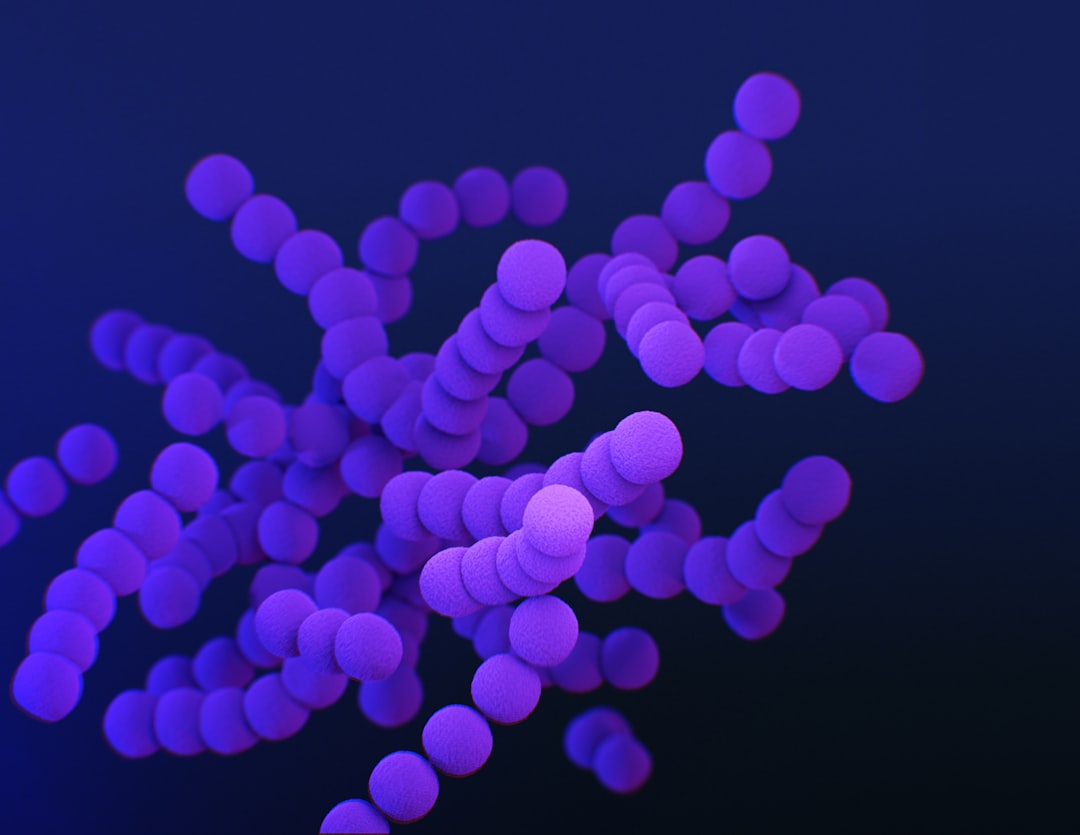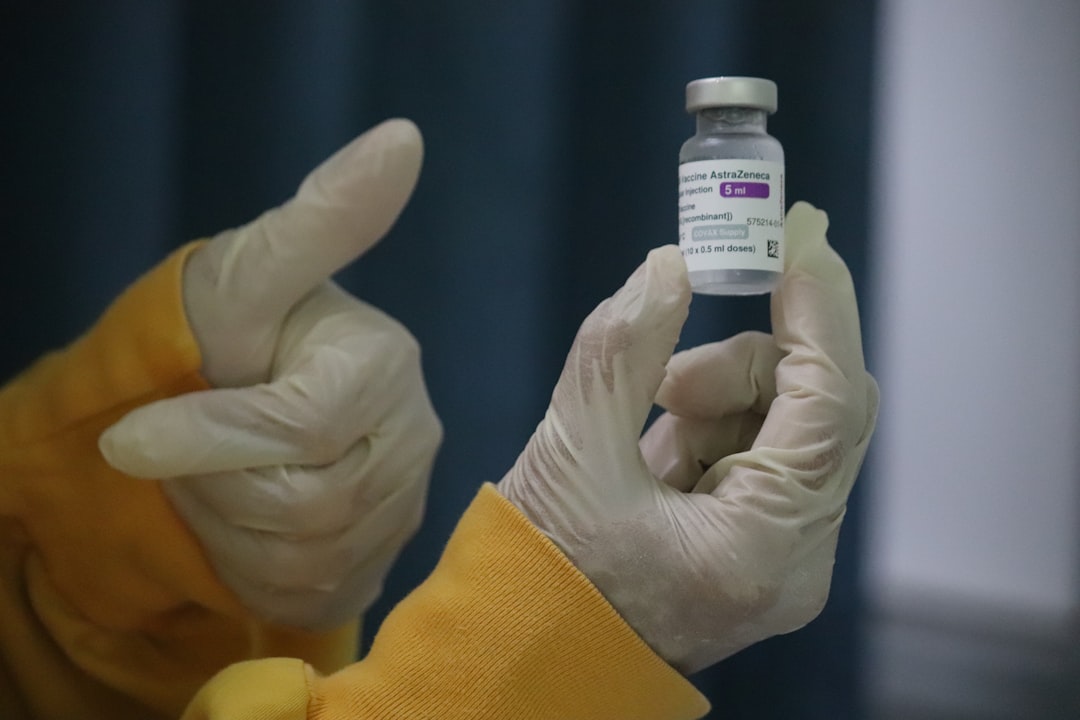What is it about?
The present research evaluates the groundwater nitrate concentration of the Maringá region (Paraná State, Brazil) aiming at nitrate removal by coagulation/flocculation using a natural coagulant obtained from the seeds of the Moringa oleifera Lam. plant (MO) combined with an activated carbon filter. Groundwater samples were collected in Maringá City metropolitan area and characterized by physicochemical analyses. The results showed groundwater NO3− concentrations ranging from 0–60 mg NO3− L−1. Thus, the nitrate variation in the water used in the coagulation/flocculation assays lay between 10–60 mg · L−1 of NO3−. In these assays both aqueous and saline MO raw extracts were added (concentrations between 0.25–11 g · L−1). Coagulation/flocculation treatment with aqueous MO extract presents nitrate removal of 73.3 %, and saline MO extract presents 85.4 %. The source that presented the highest nitrate concentration along with the ideal MO concentration in the coagulation/flocculation process was used for the coagulation/flocculation process followed by activated carbon filtration. The treatment with MO combined with the filter met Brazilian, American, and international potability standards for nitrate and turbidity. The present study reveals the presence of nitrate in the groundwater of the area and also enables new procedures for treating this kind of water in small rural properties and needy communities.
Featured Image
Why is it important?
The present study reveals the presence of nitrate in the groundwater of the area and also enables new procedures for treating this kind of water in small rural properties and needy communities.
Read the Original
This page is a summary of: Groundwater nitrate contamination: Assessment and treatment usingMoringa oleiferaLam. seed extract and activated carbon filtration, The Canadian Journal of Chemical Engineering, March 2016, Wiley,
DOI: 10.1002/cjce.22442.
You can read the full text:
Contributors
The following have contributed to this page










